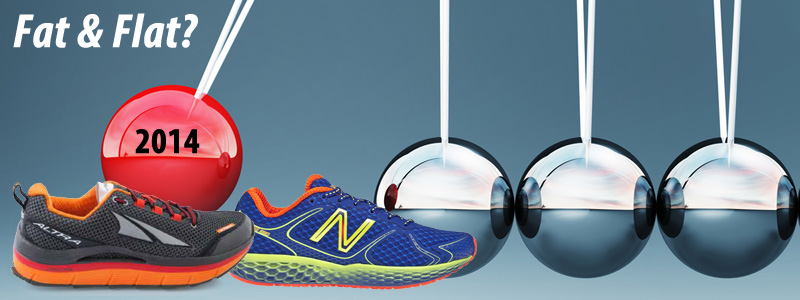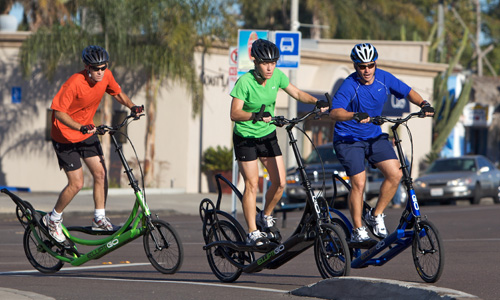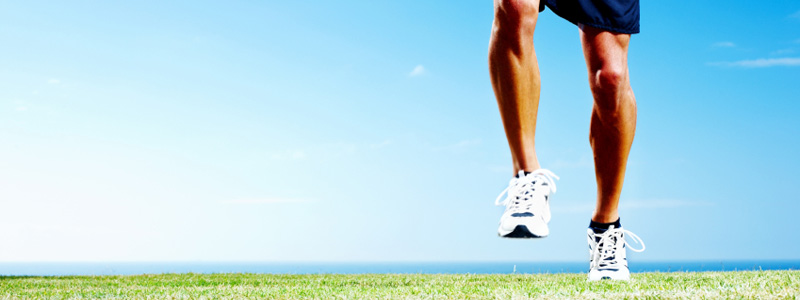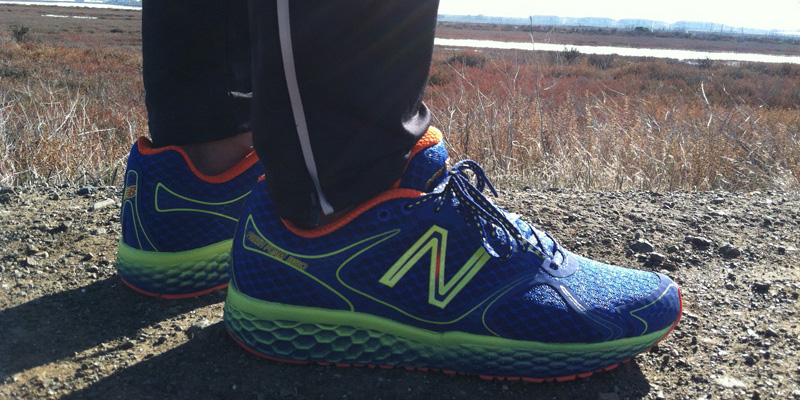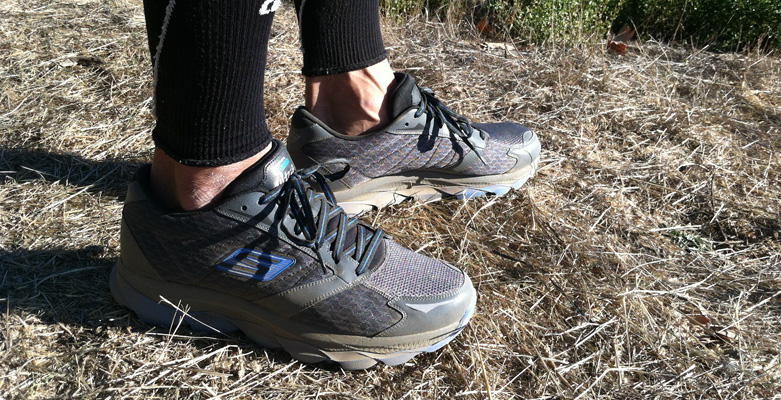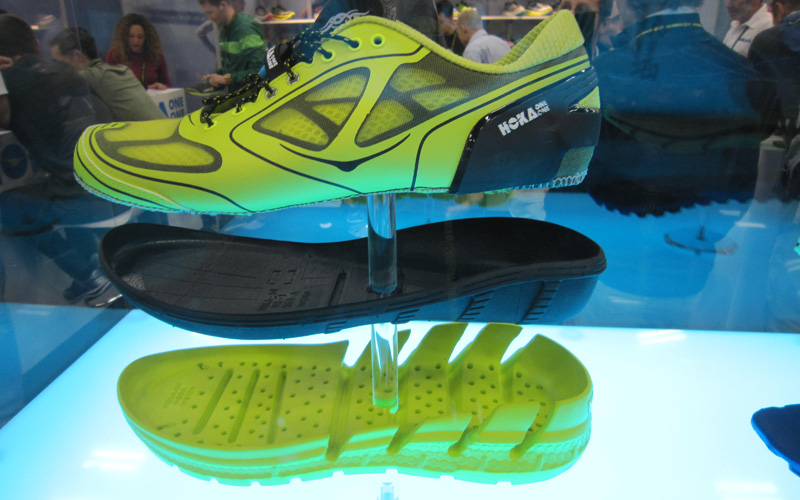There is a dangerous swing (in my opinion) in the running shoe pendulum from minimalist to maximalist running shoes for 2014. The pendulum swung the opposite direction a few years ago. Which direction will it swing next and where will it settle? Make sure you understand the choices before diving in.
What is going on with running shoes in 2014?
I strongly disagree with what the media has been writing about minimalism being dead and maximalist shoes as the next trend. Neither are a trend or a fad to me – it is a lifestyle. Vendors are offering shoes to the widest spectrum of runners as possible. Choice is good but it also causes confusion. Here is my personal take based on 25+ years of running in traditional heeled-cushioned shoes and over 4 years running exclusively in minimalist running shoes.
My personal story is documented in my book, The Minimalist Runner, published in 2009 in various formats. Long story short, I stopped running after severe lower back pains and knee pains – I also wear orthotics with heeled-cushioned Asics GEL running shoes and have frequent bouts of plantar fasciitis. Ditched them all in 2009 and wore Vibram Five Fingers KSO for 3 months. No pain. All gain. I can run again and actually enjoying it immensely. But I got ahead of myself and got hurt. Took me another 6 months to fully recover from a stress fracture and sprained ankle (from track & field). Ever since then, I have been injury-free and pain-free and competitively participating in the Senior Games (100m through 800m, long jump, and triple jump). And I hope to continue for the next 50 years until my knees give up from jumping – the ElliptiGO is a great cardio cross training tool that is easy on your knees.
The bulk of runners who tried out minimal shoes got hurt in 2012 and 2013 because they did not transition slowly or safely. Don’t blame the shoes – runners are not willing to spend the time to get their feet and body in shape. Most runners have weak feet that needs to be strengthened over time. Same goes for the calf muscles, Achilles, etc. I did not have any help in 2009 – it’s all trial and error. You can now find tons of educational materials on minimalist shoes, natural running form, and transitioning programs on the web. For those runners who have transitioned safely, they are reaping the benefits of minimalist shoes for the next few decades. Runners getting hurt trying to transition should not blame the shoes anymore.
As runners, we are probably more one-dimensional than athletes in other sports – I’m guilty of that too. All I used to do is run and nothing else. I never cross train or do any strength training. I thought shoes are the holy grail to injury-free running. Shoes are just one of many tools in your fitness toolbox. Personally, your running form is the most important component to sustainable and injury-free running. Running shoes, strength & cross training, nutrition, and activity trackers are secondary but also important tools. These tools cannot exist by itself.
Where will the pendulum settle? What should you know now?
I want to reemphasize that we are all individuals and what works for me is not guaranteed to work for you. We all train differently, have different goals, motivations, running terrains, etc. I can only give you what my experience is after wear testing over 250 pairs of minimalist shoes in the past four years and what my current situation is.
Personally, the perfect running shoe for me is a slightly cushioned version of the most minimalist racing shoes. Shoes in this category include models like Topo Athletic ST, Merrell Barefoot Vapor Glove, SKORA PHASE, VIVOBAREFOOT ONE, Altra Zero Drop ONE, and Mizuno Wave Universe 5.
Let me say up front that I’m am not against heeled (over 4mm heel-to-toe drop) or cushioned shoes as long as they have a wide toe box, lightweight, flexible, and have nothing that prevent your foot’s natural movement when walking or running. Being a wear tester, I run in minimalist shoes from one extreme end of the spectrum to the other extreme – barefoot sandals to heavily cushioned and heeled shoes. If cushioned running shoes like the ones describe below works for you, go for it. My only advice is not to settle on just one pair – mix it up. I run in all kinds of terrains from rubber track to asphalt to non-technical trails weekly. And in many different shoes with minimal cushioning to maximal cushioning. Work different muscles on your feet and body as much as you can. I run in at least three different pair of running shoes on at least two types of terrains weekly. And I include strength training and quantify all my runs with activity trackers daily. I’m still working on the nutrition piece…
With different minimal shoes across the spectrum of minimalist to maximalist, runners have better choices (could also be confusing) and can find a better starting point in their personal situation to transition away from heeled, narrow, and stiff running shoes. Cushioning is not as critical as being zero drop or lower drop (heel-to-toe differential) – you don’t want to have your shoes impact your running form. You have to be able to run naturally…
Here’s a quick look at some of the maximalist or heavily cushioned running shoes launching in 2014. I’m able to run in some of them – they’re great shoes to supplement your training but I wouldn’t be running in them for more than twice a week. On days that I feel tired, I might wear a heavily cushioned shoe. And days when I feel strong, I might run barefoot. But don’t let muscle atrophy settle in with prolonged use of heavily cushioned shoes. According to Blaise Dubois from The Running Clinic:
Shoe absorption does not reduce stress on the skeletal system. As we move toward the minimalist end of the spectrum, the likelihood is that there will be less stress applied to the knees, hips, and the back, while there will be more stress applied to the Achilles tendon and the foot. Conversely, the reverse is true for maximalist running shoes. There is no technology out there promoted by shoe companies that actually reduces the incidence of injury.
For one of the best posts ever on minimalist running, read what Dr. Mark Cucuzzella has to say about what he learned from Barefoot and Minimalist Running.
Six years ago I began cutting shoes down to a level drop, and gradually as my understanding of foot mechanics and kinetic chain evolved I started going into thinner and thinner shoes. Somehow through my store, writing, and competing I became one of the early leaders in “barefoot running” and was asked to present this topic with true experts Dr. Dan Lieberman and Dr. Irene Davis at the 2011 Boston Marathon.
The 2014 Maximalist Running Shoes
| Model |
Drop |
Heel |
Forefoot |
Weight |
| Altra Olympus |
0mm |
34mm |
34mm |
9.9 oz |
| Altra Repetition |
0mm |
30mm |
30mm |
10.8 oz |
| Brooks Transcend |
8mm |
24mm |
16mm |
12.2 oz |
| Hoka One One Conquest |
4mm |
29mm |
25mm |
11.6 oz |
| New Balance Fresh Foam 980 |
4mm |
29mm |
25mm |
8.8 oz |
| Puma FAAS 1000 |
12mm |
37mm |
25mm |
10.4 oz |
| Skechers GOrun Ultra |
4mm |
27mm |
23mm |
9.5 oz |
| Vasque Shape Shifter Ultra |
6mm |
28mm |
22mm |
10.5 oz |
For the past month, I’ve had the chance to run in the New Balance Fresh Foam 980, Puma FAAS 1000, and Skechers GOrun Ultra. With wide forefoot toe boxes in these models, my feet is able to splay to the max and I don’t feel like I am more prone to spraining my ankle due to the extra stack height and cushioning. Proprioception is there but slightly muted in my opinion – I only run sockless on all terrains. The flatter (zero drop to low drop) the shoe, the better the ride and ground feedback from these cushioned running shoes.
[jbox color=”green” title=”New Balance Fresh Foam 980“]
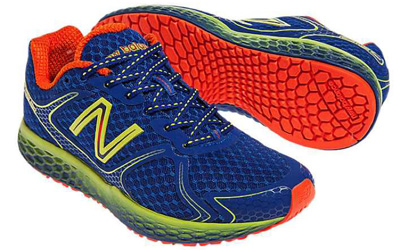 By combining the intelligence and experience of a human designer with cutting edge computer software, New Balance is able to manipulate the midsole on the Fresh Foam 980 to give runners plush cushioning properties and inherent stability in a more minimal package. Fresh Foam 980 is a running shoe engineered to bring natural underfoot geometries alongside a cushioned ride with a blend of super soft foam that is incredibly responsive. For an excellent heel to toe transition, a blown rubber outsole offers durability and flexibility in a 4 mm natural drop last while providing both a light and stable ride.
By combining the intelligence and experience of a human designer with cutting edge computer software, New Balance is able to manipulate the midsole on the Fresh Foam 980 to give runners plush cushioning properties and inherent stability in a more minimal package. Fresh Foam 980 is a running shoe engineered to bring natural underfoot geometries alongside a cushioned ride with a blend of super soft foam that is incredibly responsive. For an excellent heel to toe transition, a blown rubber outsole offers durability and flexibility in a 4 mm natural drop last while providing both a light and stable ride.
[/jbox]
Surprisingly, these shoes don’t feel as bulky or heavy as I had anticipated since I’ve been running in shoes less than 7 ounces. None of them affected my running form and I never felt any extra risk of injury. And they are really comfortable especially on trails. However, I have an observation that contradicted what I had expected – I felt more tired after running in all these cushioned shoes a few hours later. I should be less tired. Maybe it’s the holidays and I’ve been eating too much. Nothing changed except the shoes so I cannot explain that…
[jbox color=”green” title=”Puma FAAS 1000“]
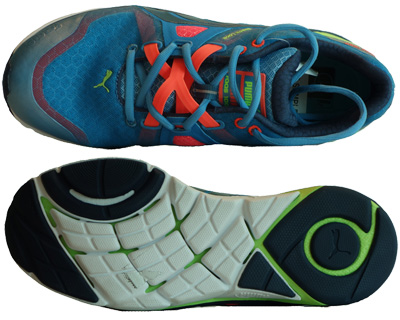 The FAAS 1000 is the most cushioned shoe in the Faas Collection, featuring a FaasFoamLite close to foot for a softer, cushier ride. At a 12mm Ddrop and built for the traditional runner looking for premium cushioning, this shoe is suprisingly light. The unique and innovative execution of the EVERFIT system locks the foot onto the platform and keeps the tongue in place. FaasFoamLite provides a softer yet responsive ride underfoot while FAASFOAM+, PUMA’s NEW proprietary blend of foam and rubber is more resilient, has increased step-in comfort, has a more springy feel and is 25% lighter than FaasFoam.
The FAAS 1000 is the most cushioned shoe in the Faas Collection, featuring a FaasFoamLite close to foot for a softer, cushier ride. At a 12mm Ddrop and built for the traditional runner looking for premium cushioning, this shoe is suprisingly light. The unique and innovative execution of the EVERFIT system locks the foot onto the platform and keeps the tongue in place. FaasFoamLite provides a softer yet responsive ride underfoot while FAASFOAM+, PUMA’s NEW proprietary blend of foam and rubber is more resilient, has increased step-in comfort, has a more springy feel and is 25% lighter than FaasFoam.
[/jbox]
For any midfoot striker or forefoot striker who has ever run in a pair of Hokas or any of the shoes listed above, maximalist running shoes are not really that much more than some of the minimalist running shoes out there. For example, one of the shoes in my road rotation, the Altra ONE, has a forefoot height of 18mm. Compare this to the Hoka Conquest and New Balance Fresh Foam 980 25mm – only 7mm of extra cushioning which is kind of like two extra layers of sockliner!
For a heel striker, the high stack height will be noticeable. I simulated it when running down hills on trails or when I get tired. It feels great but heel striking still causes back pains for me…
[jbox color=”green” title=”Skechers GOrun Ultra“]
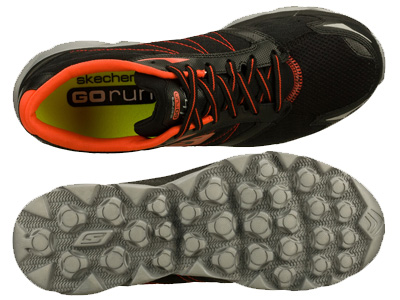 Discover the ultimate in cushioned running with the SKECHERS GOrun Ultra shoe. Great for long distance runs, recovery runs, or for those looking for maximum cushion, with more Resalyte than ever before. A unique combination of a soft Resalyte midsole and more rigid Resagrip outsole provides cushioning and support. Aggressive traction control GOimpulse sensors on outsole allow for superior control on any terrain with a 4mm heel drop. There is a four way stretch mesh on the side panels for added comfort.
Discover the ultimate in cushioned running with the SKECHERS GOrun Ultra shoe. Great for long distance runs, recovery runs, or for those looking for maximum cushion, with more Resalyte than ever before. A unique combination of a soft Resalyte midsole and more rigid Resagrip outsole provides cushioning and support. Aggressive traction control GOimpulse sensors on outsole allow for superior control on any terrain with a 4mm heel drop. There is a four way stretch mesh on the side panels for added comfort.
[/jbox]
What is the bottom line? Mix it up!
Wear what works for you but remember, shoes are just one of the tools in your toolbox. If anything feel out of whack, slow down and get additional feedback (quantify yourself with activity trackers) from someone in a similar situation and read/view some of the articles and videos on the Natural Running Center. There are many affordable running tools out there that can help with your training and I have reviewed most of them. 2014 will explode with the largest variety and choices of fitness and activity trackers in many form factors. Stay tuned!
Be careful and run with an open mind with maximalist running shoes. Mix it up is the best advice I can give. To minimize risk of running injuries at my old age, run on different terrains with different shoes. When running on the rubber track or speed work, change your direction so you work on the opposite hip and leg muscles. Keep those muscle imbalances in check. I highly recommend compression apparel during and after training for injury-prevention and faster recovery – I swear by it. Oh, and my plantar fasciitis (PF)? Almost non-existent since I started going barefoot and wearing minimal shoes – maybe twice a year when the weather is really cold. Narrow cushioned shoes also seem to create flare ups in my PF… More about plantar fasciitis and minimal shoes from Jim Hixson.
Enjoy running like never before. Minimalist shoes are here to stay in more variations and choices than ever. There is a shoe for every runner who is willing to put the time in to transition: from ultra-minimalist to cushioned maximalist. There is no wrong way (other than rushing it) and just get started as soon as possible – your body will love you for it. Educate yourself and then go out to mix it up!
*Product provided by New Balance, Puma, and Skechers. CMP.LY/1 Review
If you have a product you’d like reviewed, contact me at info@weartested.org

